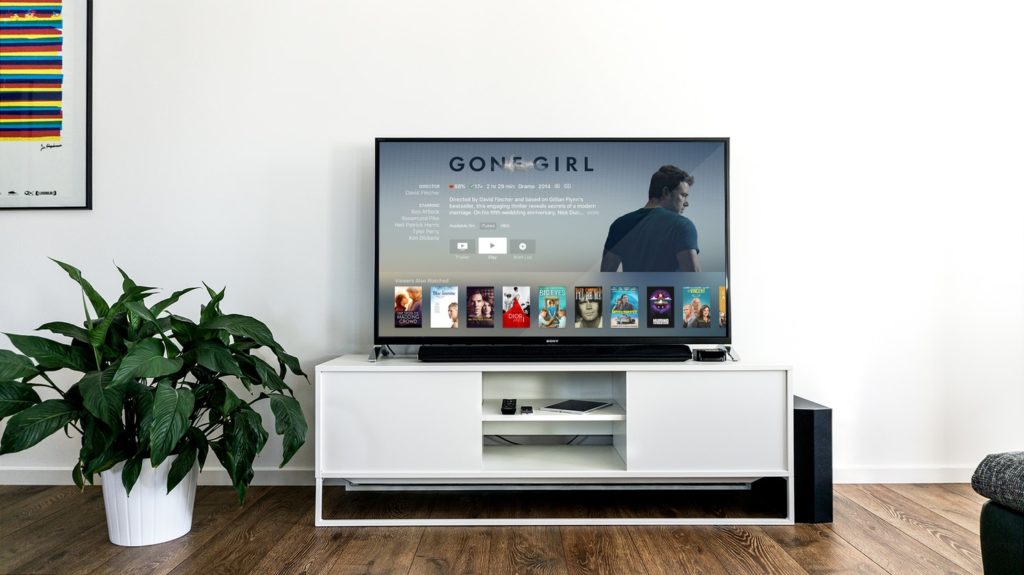 Photo by Pexels
Photo by Pexels
How to Get Away with Menstrual Cramps
Bloody week! Here we go again with bloody and painful days —sounds like murder, right? However, almost every woman can surely attest as to as much as how it sounds like a murder, it actually feels like one.
So, is your period over or are you just getting started? If so, are you ready for the upcoming struggles that come along with it like menstrual cramps?
Most women experience menstrual cramps and are considered as one of the most common, annoying part of having your period. This condition strikes right before or during Aunt Flow’s visit.
Since this symptom is inevitable and is a part of a woman’s monthly cycle, what you can only do is to be knowledgeable enough to help yourself out of the situation. Thus, in today’s article, we will discuss about how to get away with menstrual cramps.
What Causes Menstrual Cramps?
Menstrual cramps, or also known as dysmenorrhea, can be felt in the lower belly or back and the pain can range from mild to severe.
For those ladies that just got there the first period, it usually happens for the first time after a year or two passes by after a girl gets her first period. However, as one ages, the pain often lessens and may stop entirely after having your firstborn.
Although menstrual cramps are really uncomfortable and painful, it still happens for a reason. During menstruation, the uterus contracts, meaning to say, it squeezes or cramps up to make the lining come off of the uterus’ walls and leave your body since there are no fertile eggs.
Now, when your uterus cramps up, it just shows (or feels) that it is helping your body by pushing out the blood flow from your vagina.
During the menstrual cramps, women usually feel throbbing pains in the lower belly (as what was stated beforehand). It sometimes begins a couple of days before menstruation comes or continue throughout your period.
Although menstrual cramps are painful and can be really annoying, however, it is really common that ways in treating or tips on how to get through it are widespread information.
What Can You Do With Menstrual Cramps?
Medicines. Commonly, for faster and effective relief from the pain, women take aspirin or pain relievers like acetaminophen, naproxen, or ibuprofen. If you are not familiar with one of these medications, then might as well do needed research like in Pharma Quotes to help you out.
Heat Compress. During menstrual cramps, heat can also help. You just need to place a heating pad or hot water bottle (clothe with a cloth if it’s too hot) on your tummy or lower back. Also, taking a warm bath may also help provide some relief.
Precautionary Actions. Of course, those what was stated before can help you out in relieving your pain. However, you should also do your part by resting when needed; avoiding foods that contain salt and caffeine; not smoking or using tobacco, and drinking alcoholic beverages; and; lastly, massaging your lower back and abdomen can greatly help.
How Exercises Can Help You Get Away from Cramps
Many medical health professionals recommend exercising to be practiced by women who especially to those who experience menstrual cramps.
Studies have shown that women who exercise regularly often experience less menstrual pain. With this said, you should try out moderate-intensity aerobic exercises during your lighter menstrual days. Through this, you can reduce the bloating and the pain of cramping.
Additionally, aerobic exercises aid in blood circulation and release happy or feel-good hormones, which are called endorphins. It also works well in soothing headaches and improves the mood.
Alternative Therapies
Alternative therapies are also one of the options that you can choose or help aid with your medication. The following practices include:
Acupuncture. This has become a popular treatment for menstrual pain. In this case, a qi deficiency is detected in the liver are and spleen meridians. However, acupuncturists treat their patients with dysmenorrhea based on their own assessment, so it might not be the same with everybody.
Also, there are other techniques as well, such as Moxibustion, which is a technique using herb mugwort that is burned over specific acupuncture points. This is often added to enhance the needling treatment and help in the relief.
Additionally, acupressure is also available to relieve pain. In fact, there is a study of 216 female students found that acupressure and consuming ibuprofen were much better than placebo at reducing pain.
Chiropractic. Chiropractic is a form of alternative medicine that is mostly concerned with the treatment and diagnosis of the musculoskeletal system. Some women who have had their menstrual pain may have found relief with spinal manipulation.
Takeaway
Since menstrual cramps are something that we cannot easily avoid, it is best to be equipped with the right knowledge and equipment, just in case menstrual cramps kicks in.









 2018 ·
2018 ·